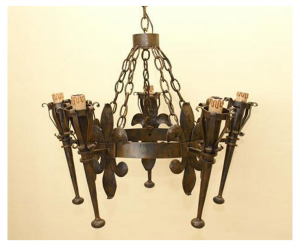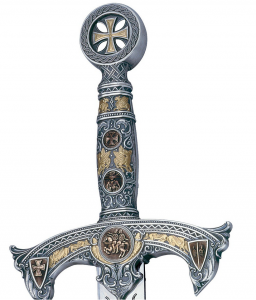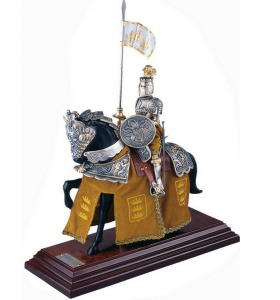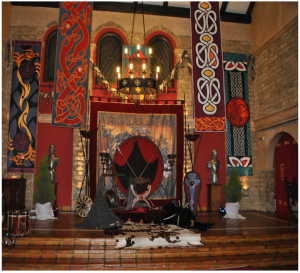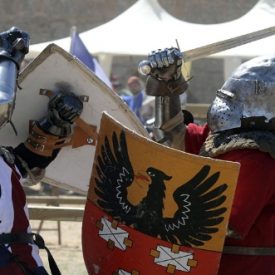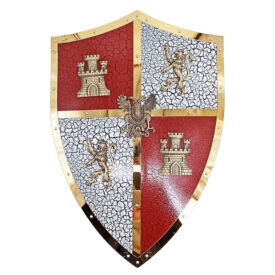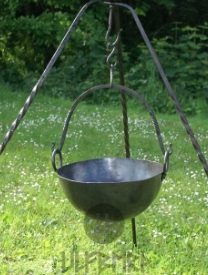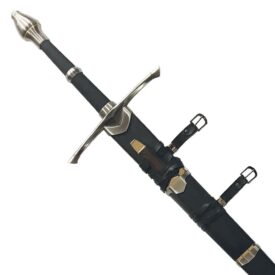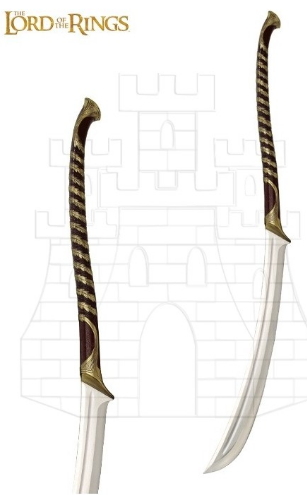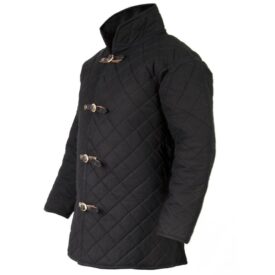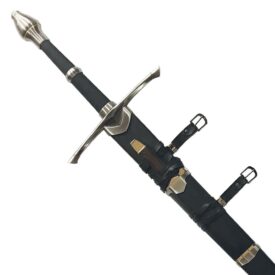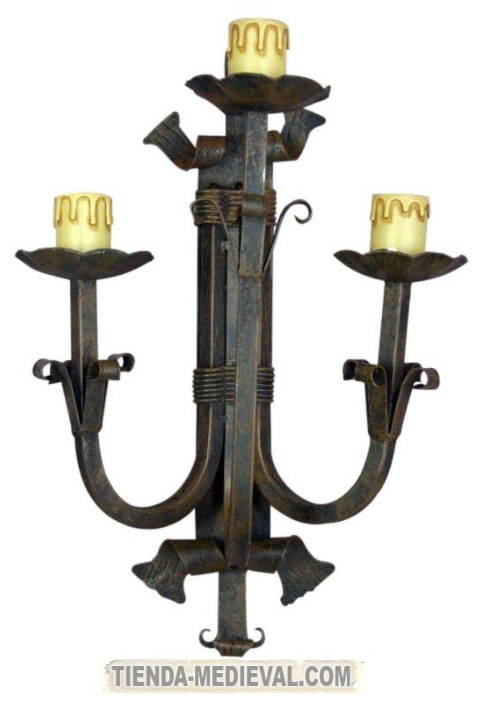Medieval forging: appliques, lamps, torches … In medieval culture, forging the iron was one of the booming sectors. This manufacturing process gives shape and new properties to metals and alloys to which pressure is applied by large.
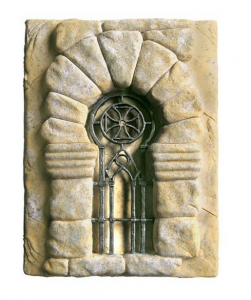
In the Middle Ages the free forging was common and characterized by the fact that the deformation of the metal is not limited, but free in form or mass. Nowadays, this technique allows to decorate medieval environments like castles, bars, lounges or medieval cellars.
The fabrics in the Middle Ages Just like today, fashion, necessity and the size of the wallet dictaded the fabrics people used for both clothing and decorating. It was common to see a house decorated with banners, particularly if the man was a brave soldier in the service of the king.
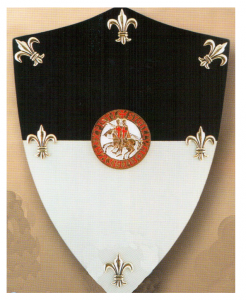
Banner´s function was to indify or represent a person or group of persons. In markets where people went out to sell the fruits of their land, the stalls were used for sun protection.
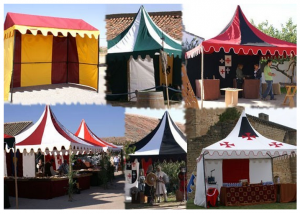
Interior decoration Special attention was paid to the decoration of palaces and, in general, of residential houses because of the high costs and complexity of the work. That doesn´t mean that the less afortunate did not adorn their homes, but were more inclined to paintings or tapestries and often using religious motives.
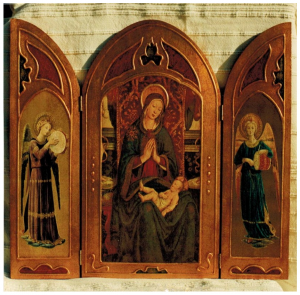
What we now consider “art”, those days was not the goal of the artist, it had to meet some funtional aspect; it was about creating objects that served to something while catching the eye.
Traces of medieval There are many cultural associations and recreationists, theater and film directors and collectors that keep the details of that eventful period, wars, inventions, achievements, etc..
Not to mention the spectacular castles that now celebrate all kind of events such as weddings or tournaments and both decoration and guests meet the demands of the time they want to revive: MEDIEVAL TIMES.
